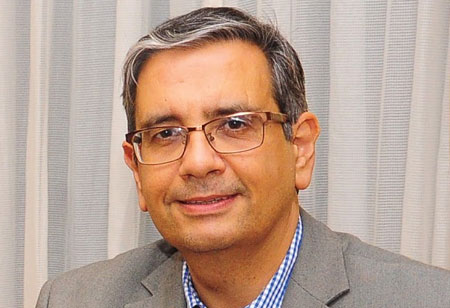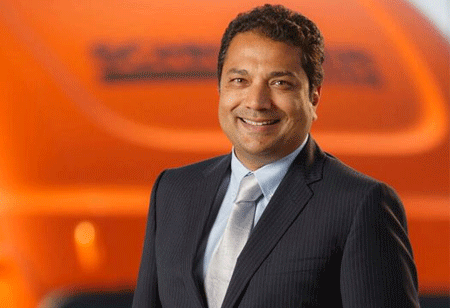Read Also
WiFi 6, 5G and the Internet of Things (IoT)
Mark Badal, CIO , IT&E
Artificial Intelligence (AI) Operated Petrochemical Plants
John Boot, CIO, Yutime
The State of IT Spending and What This Means for Businesses
Mohan Veloo, Vice President,Technology, F5 Networks [NASDAQ: FFIV]
"The Whats" and "The Hows" of Seamless Business Transformation
Oliver Skagerlind, CIO-Asia Pacific, Cushman & Wakefield
Build Capabilities that Serve Your Needs of Today and Tomorrow
Stephen Barnham, Senior Vice President & CIO, MetLife Asia
Using GIS helps Save Time and Money and Improve Driver Safety
Mike Ball, VP IT & CIO, Werner Enterprises [NASDAQ: WERN]





















